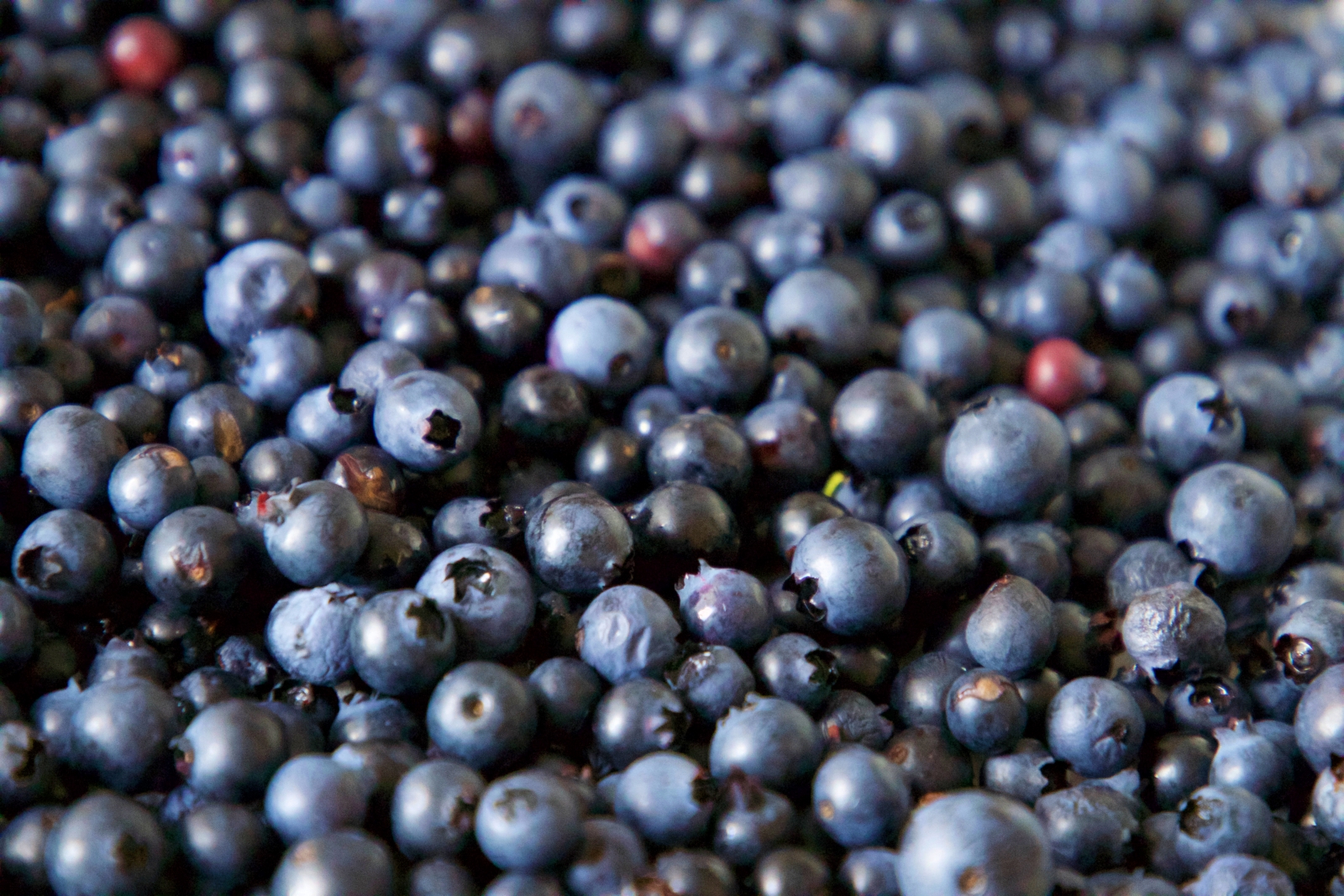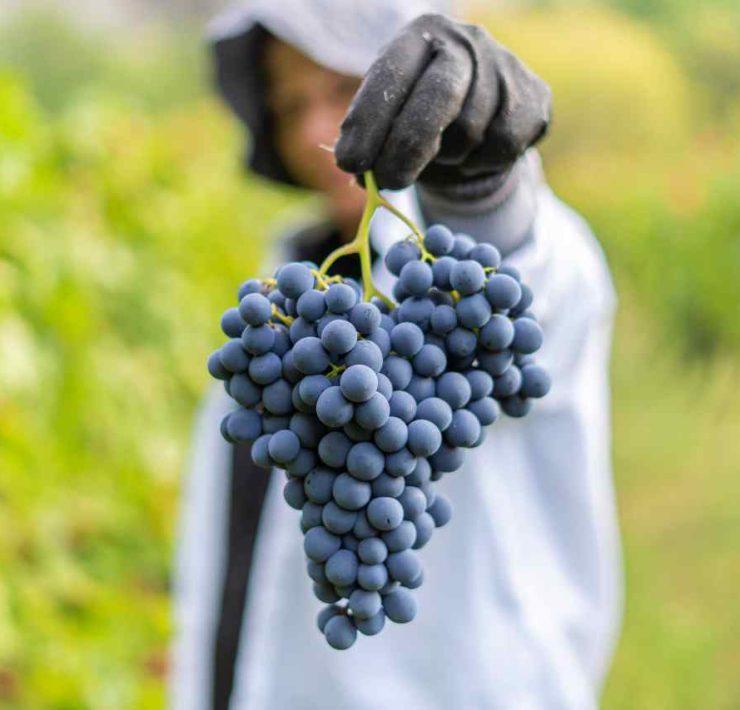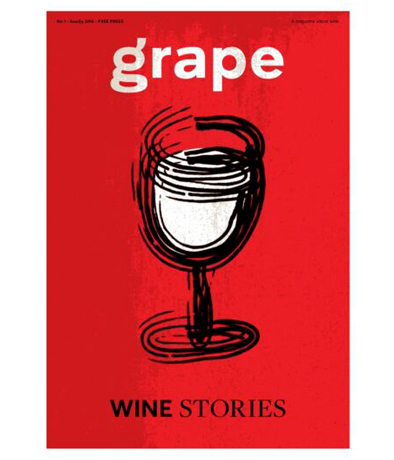O Κωνσταντίνος Λαζαράκης Master of Wine , γεννήθηκε, μεγάλωσε και…
Wine is an extremely complex product. You can dedicate your life to it and still be learning every day. Unlike tea, coffee or cars, it’s also a product where this complexity reaches most of its end-users and, ultimately, intimidates them.
So, everything that makes wine easier is de facto a great thing. Enter, then, the world of varietal wines, a world where the main element of a wine’s commercial identity is the grape from which it is made.
Wines have been traditionally named after their region of production but, frankly, how many regions of Puglia can you truly remember? Then, sometime around the 1980s, wine producers, mostly but not exclusively from the New World, started labelling their wines after varieties such as ‘Chardonnay,’ rather that emphasizing the region. This has been an astonishing revolution, making wine more accessible to the average purchaser. Nevertheless, this somehow led to increasing uniformity. If a wine was not made from one of these ‘Premier League’ varietals, selling it was problematic, to say the least. But this can be seen as a huge waste of potential, because many countries, like Greece, have a unique arsenal of autochthonous varieties that offer sublime experiences in a glass. I can hear many people saying “Hey! Wait a minute! I have a problem talking myself into drinking Greek wine in the first place! So drinking a local variety that has a name that I cannot pronounce, let alone remember after I’ve had a few, is doubly tricky! At least get me a Greek Merlot or a Greek Chardonnay!”
Enter Grape’s Survival Guide for the International Wine Drinker in Greece.
If you love Chardonnay and white Burgundy, try Santorini and Assyrtiko, especially the oak-fermented versions: Chardonnay is all about intensity, power and big palate structures, and Assyrtiko is just like that, but usually with more acidity and a far less oily texture. If you like dry Rieslings of the bigger style, once again try Santorini and Assyrtiko, but this time go for the unoaked bottlings: both styles are great for acid freaks. If you can find an older vintage, then prepare to be amazed. If you like Grüner Veltliner, then try Robola: both grapes are crisp, linear and elegant, although Robola, from Kefalonia, has a far more lemony, appetizing focus on aromas.
If you like aromatic whites, like wines from Alsace or dry Muscats, then try Moschofilero, especially from the Mantinia appellation: Moschofilero is a pink-skinned grape, but is usually used for the production of whites. It is aromatic, crisp on the palate, with light palate and great freshness. You should also try some of the stunning sparkling wines that are made from this variety. If you like Viognier, then try Malagousia: both are soft, never too acidic and always aromatic, with intense, peachy aromas.
If you like boring Pinot Grigio, then it’s highly unlikely that you’ve gotten this far into the article… But if you like good Pinot Grigio, then try Savatiano or Roditis: a round, juicy palate and an excellent array of fruit and floral notes are the hallmarks here. If you love Merlot, then try Agiorgitiko from Nemea: both grapes are soft, full of red fruit aromas and the tannins are always velvety. If you like Barolo and Barbaresco from Piedmont in Italy, then try any wine that has Xinomavro as the main grape, like Naoussa, Amyntaio, Goumenissa and Rapsani.
There are quite a few varietal bottlings as well. These wines all are quite individual in style, with a real tannic and acidic framework. Not your “drink-easy”, everyday sipping style, but wines of great quality, complexity and immense ageing potential. Get some bottles in your checked-in luggage to take back home and keep it for decades!
If you like Fino Sherry, then try Retsina: both wines are very full flavoured so they can tackle strong-tasting food, served family-style in the middle of the table, the way both Spanish and Greek people enjoy eating. Do not be afraid – excellent quality Retsina exists and it is delicious. If you like sweet Muscats, like Beaumes de Venise or Setúbal, then in Greece you’ll find some of the very best sweet Muscats in the world: try Muscats from Samos, Limnos, Patras, Rhodes or Kefalonia. Great value, too! If you enjoy the amazing wines of Tokaji, then try Vinsanto from Santorini: both are sweet, but they also have a great backbone of acidity that keeps them away from being cloying. Not cheap, but still great value (taking into account the price you’d pay for Tokaji).
But then again, you should also try Limniona, Limnio, Kotsifali, Dafni, Mandilaria, Monemvassia, Negoska, Mavroudi, Debina, Vlahiko and the dozens of other grapes found in Greek wines! These are varieties that offer aromas, styles and characters that have nothing to do with any other grape or region around the wine-producing world.
Discover the true beauty of Greek wine, a breathtaking complexity that will encourage you to keep exploring. g









